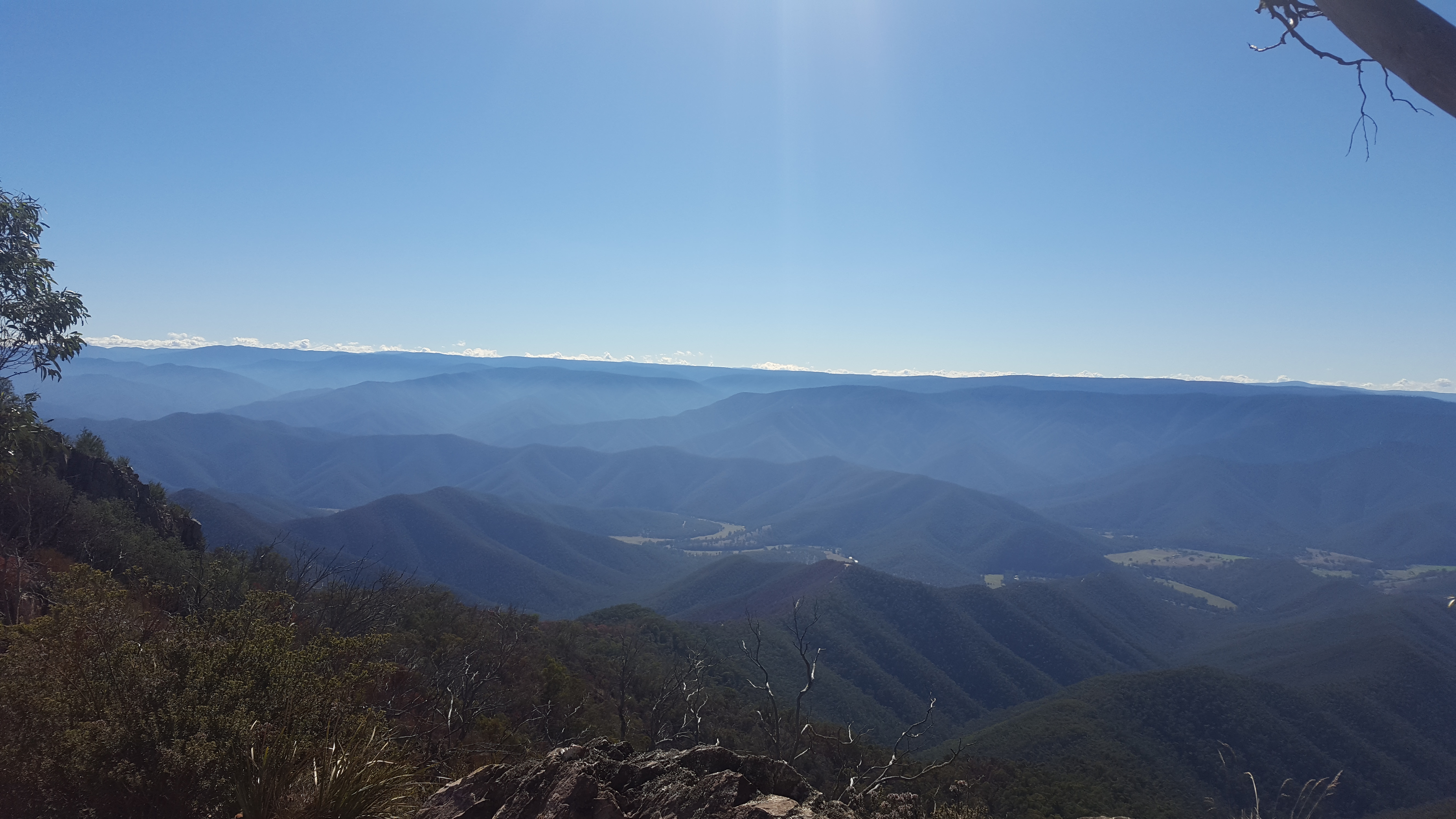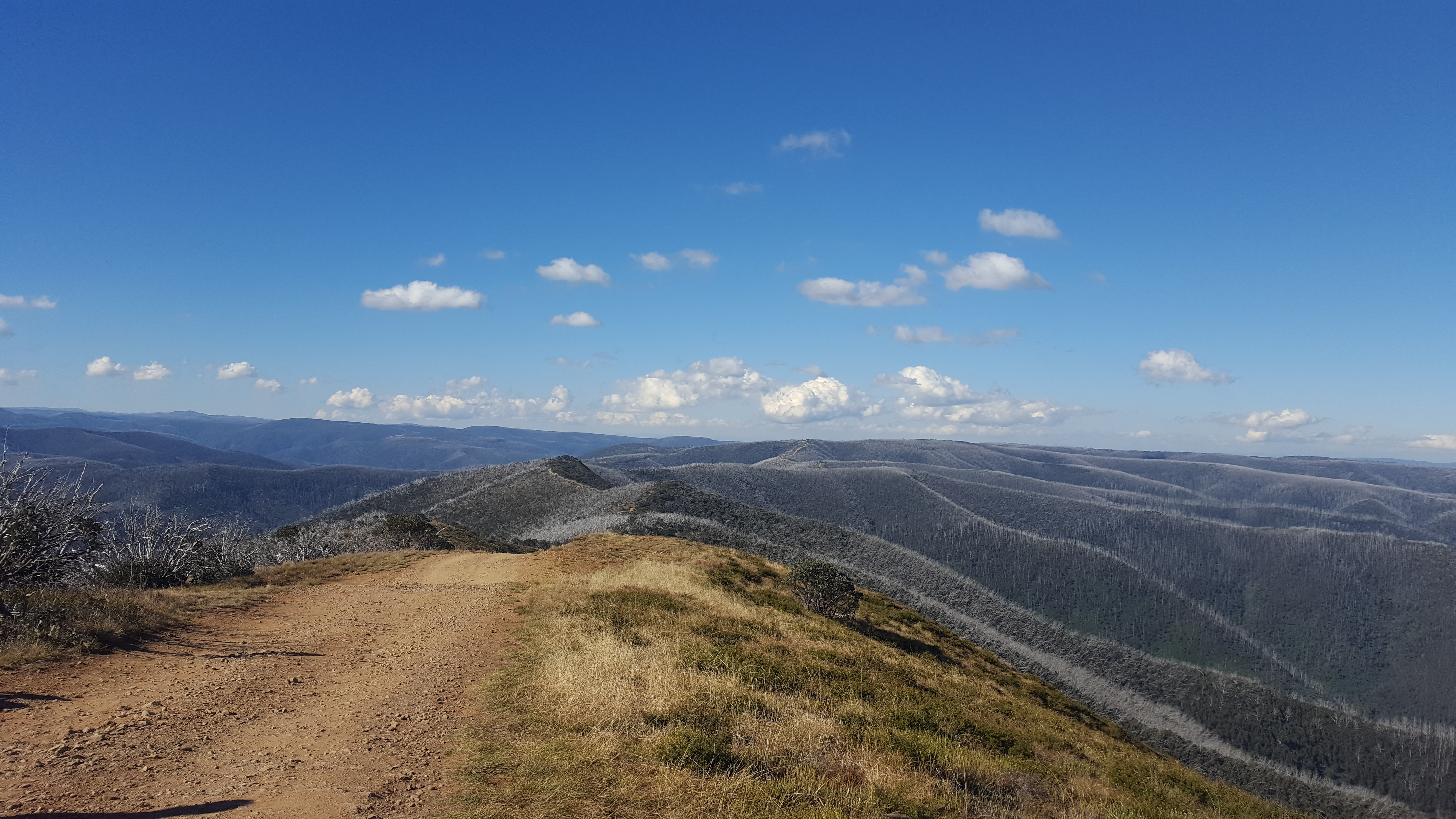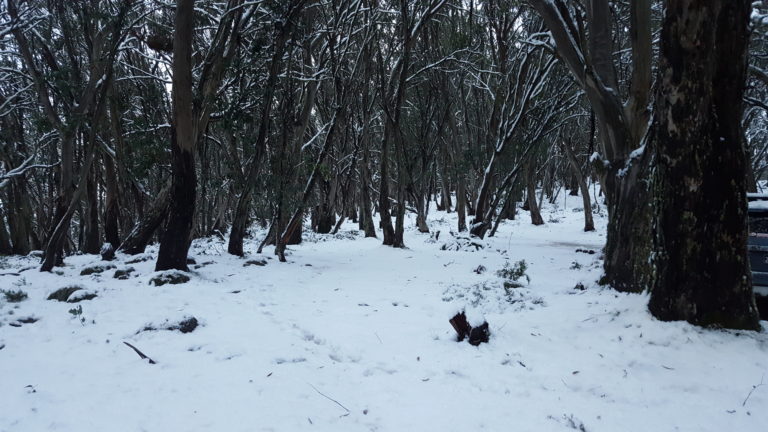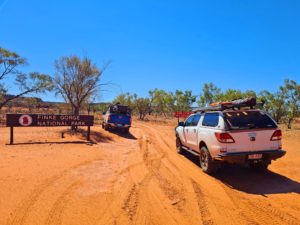I love it when a plan comes together…
Sitting in the comfort of my living room while staring at a map of arguably the most iconic four wheel drive touring destination Australia has to offer, it was difficult planning where a trip of such assumed enormity could fall within an already busy calendar.
The thought of completing a round trip of around 3500 kilometres+ and to a destination in which I had no previous experience seemed a little daunting at first. The reality, (especially when broken into a day by day proposition) was anything but. Beyond the initial 1500 kilometre trek from Brisbane to Myrtleford lies a destination where majestic views, historic cattleman’s huts, crystal clear alpine streams and iconic four wheel drive tracks are separated by several kilometres as opposed to several hundred.
Maximising the Easter break saw a valuable return of 2 to 1 for my 5 days of annual leave. This would see the trip completed well before any of the seasonal track closures commenced in early June. One regular mistake I make in planning is in trying to see and do too much in the time allocation. Deadlines and time-frames add stress to what is supposed to be a period of enjoyment. The essence of efficiency is to keep a touring trip moving along however, there are some moments and experiences that should not be rushed.
A couple of nights in front of Hema’s High Country map was all it took to identify a list of “must see” landmarks and “must do” tracks. From here it was a simple case of linking them all together. Craig’s Hut, Bluff track, Wonnangatta Valley, Billy Goat’s Bluff, Crooked River track and Blue Rag Range were priorities. Anything beyond this would be a bonus. The beauty of a High Country trip is that no camp bookings or permits are required. With an abundance of campsites there is no pressure to arrive at a certain place on a particular night. It is this ability to stop anywhere and at anytime that made planning and undertaking this trip a straightforward exercise.
The trip would focus on an area of the Victorian High Country located towards the North-west of the region and bounded by Myrtleford, Mt. Buller, Dargo and Hotham Heights. Unsure of what to expect from a fuel use perspective, a mid-trip stop at Dargo would keep things simple.
The “insertion point” would be Myrtleford. Selected for its proximity to our first intermediate stop at Craig’s Hut as well as its amenity. There are a myriad of towns surrounding the High Country, most of which sport places to purchase fuel and groceries as well as cost effective accommodation options.
Unlike some our country’s other epic and iconic trips there is no punching out hard kilometres on high speed corrugated dirt roads. The feeling of true isolation is no less because of this but the meticulous pre-trip vehicle preparation certainly is. The majority of our offroad driving was conducted at speeds around 10km/h. This is nowhere near as punishing on your vehicle as something like the Peninsular Development Road in Cape York. Depending upon the age and condition of your vehicle there is no real need to go beyond the usual pre-trip routine planning checks and balances – oil, filters, fluids etc. Lifted suspension and expensive tyres are a benefit only and by no means a mandatory requirement.
Snow has been recorded in the High Country in every month of the year. This should dictate the food, clothing and general kit you intend on packing. The Bureau of Meteorology website provides some really good district and regional forecast information to assist with planning. With Victoria being Victoria this information was consulted regularly in the lead up to the trip. Simple hot meals, appropriate clothing and camp fires each night should be priorities. In recent times I have used and can recommend the range of pre-prepared “wet” meals from Happy Camper. With only a pot of boiling water and a plate for consumption required, they really are a quick and simple alternative. Perfect for those nights where a late arrival at camp hinders meal prep time.
As luck would have it, we didn’t pull a single piece of recovery gear the entire trip but would have been all at sea without the small chainsaw purchased specifically for camp fire preparation. This isn’t to say that you shouldn’t find a place for your usual array of recovery options but travelling in different climates brings with it a different set of priorities.
From a sanitation perspective, alpine streams provide water suitable for washing up and showering but drinking water should be brought with you. A simple 12V hand shower such as any of the offerings from Companion is all you need once you have taken the chill out of the water. Baby wipes can always be used as a more rudimentary alternative if required. Rather unexpectedly we lucked onto pit style toilets at all bar one spot we camped. As you would expect, with the tyranny of isolation comes distinct lack of waste disposal options – be prepared to take out what you take in.
In completing this trip in true touring style the list of kit was kept simple and to a minimum. The driving and sightseeing was to be the star of the show rather than the sitting and relaxing. Simple setups allow for more time spent with a beer around the camp fire, recounting stories of the days’ adventures.




